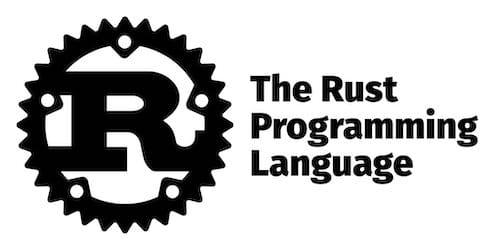How To Install Rust on Fedora 40

In this tutorial, we will show you how to install Rust on Fedora 40. Rust, a systems programming language that combines safety, concurrency, and memory efficiency, has gained significant popularity among developers in recent years. As a Fedora 40 user, you might be interested in harnessing the power of Rust for your projects.
In this comprehensive guide, we will walk you through the process of installing Rust on your Fedora 40 system, providing detailed instructions, troubleshooting tips, and additional resources to ensure a smooth installation experience.
Prerequisites
Before we dive into the installation process, ensure that you have the following prerequisites in place:
- A server running one of the following operating systems: Fedora 40.
- It’s recommended that you use a fresh OS install to prevent any potential issues.
- You will need access to the terminal to execute commands. Fedora provides the Terminal application for this purpose. It can be found in your Applications menu.
- A stable internet connection to download the necessary packages.
- Recommended minimum hardware: 2 GB RAM, 1 GHz processor, and at least 1 GB of available disk space.
- A non-root sudo user or access to the root user. We recommend acting as a non-root sudo user, however, as you can harm your system if you’re not careful when acting as the root.
Install Rust on Fedora 40
Step 1. Update the System.
To begin, make sure your Fedora 40 installation is up to date with the latest security patches, bug fixes, and software updates. Open a terminal and run the following command:
sudo dnf clean all sudo dnf update
This command updates all installed packages to their latest versions, ensuring a stable foundation for the ImageMagick installation.
Step 2. Installing Rust Programming Language.
- Installing Rust Using DNF
If you prefer using Fedora’s native package manager, DNF, follow these step-by-step instructions to install Rust:
sudo dnf install rust
Wait for the installation process to complete. DNF will handle the installation of Rust and its dependencies.
To verify the installation, run the following command:
rustc --version
- Installing Rust Using Rustup
Rustup is the recommended tool for managing Rust installations and provides a convenient way to install, update, and switch between different Rust versions. Here’s how to install Rust using Rustup:
Download the Rustup installation script by running the following command:
curl --proto '=https' --tlsv1.2 -sSf https://sh.rustup.rs | sh
Rustup will download and install the latest stable version of Rust, along with the necessary tools and documentation.
Once the installation is complete, you will see a message indicating successful installation and instructions on how to configure your shell to use Rust.
To verify the installation, run the following command:
rustc --version
If Rust is installed correctly, you should see the version number displayed in the terminal.
Step 3. Configuring Rust Environment.
After installing Rust, it’s essential to configure your environment variables to ensure that the Rust toolchain is accessible from anywhere in the terminal. If you use Rustup for installation, it automatically configures the necessary environment variables for you.
To test your Rust installation, create a new file named hello.rs with the following content:
fn main() {
println!("Hello, idroot.us Rust!");
}
Then, compile and run the program using the following commands:
rustc hello.rs ./hello
If everything is set up correctly, you should see “Hello, idroot.us Rust!” printed in the terminal.
Step 4. Managing Rust Versions.
One of the advantages of using Rustup is the ability to easily manage multiple Rust versions on your system. To install a specific version of Rust, use the following command:
rustup install <version>
Replace <version> with the desired Rust version (e.g., stable, beta, nightly, or a specific version number).
To switch between installed Rust versions, use the following command:
rustup default <version>
To update Rust to the latest version, simply run:
rustup update
Rustup will download and install the latest stable version of Rust, ensuring you have access to the newest features and improvements.
Congratulations! You have successfully installed Rust. Thanks for using this tutorial for installing Rust Programming Language on Fedora 40 system. For additional help or useful information, we recommend you check the Rust website.